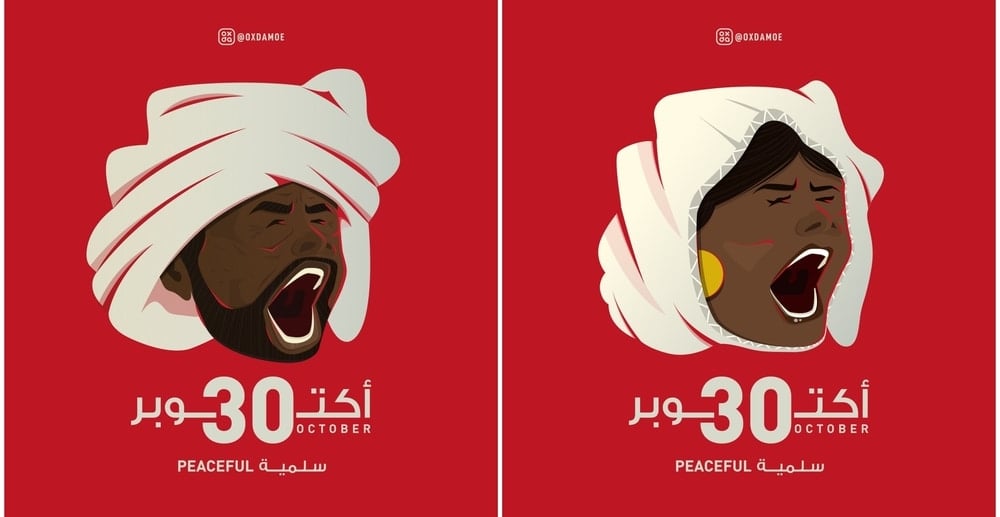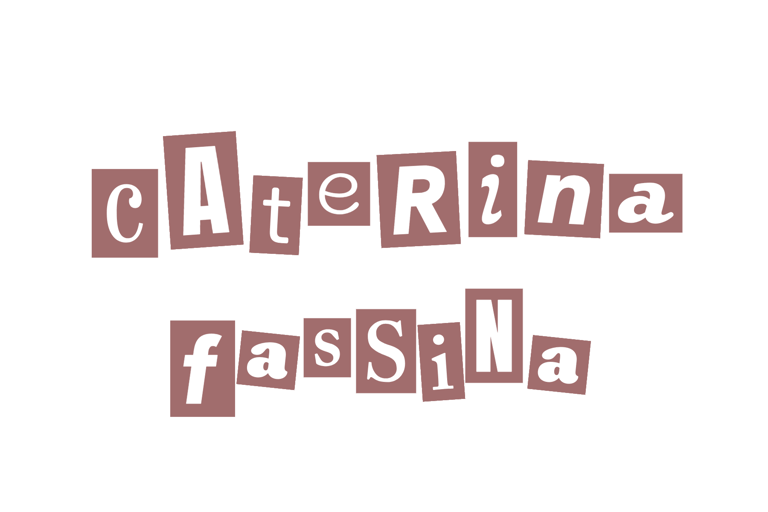Abu’Obayda and the art of the reconstruction in Sudan.
How an artist can change perception.


Mohamed Abu’Obayda’s eyes have the light of a broken mirror that keeps reflecting light, even if it is broken. It is common knowledge that “the eyes are the mirror of the soul,” and the soul of this young Sudanese artist went through hard times.
Abu’Obayda is a dreamer. However, he is not one of those dreamers that great authors write about in their novels; he is rather a Gramscian intellectual. Instead of dirtying his hands, he preferred to soil his canvas to protest against a cruel dictatorship that deconsecrated the space of free expression. Akin in 1993 Germany, the Entartete Kunst was accused and oppressed in Sudan, too. Like many other Sundanese people, Abu’Obayda fled from his country because he could not work with the constant anxiety of being silenced.
In the democratic West, many artists feel the urgency to express a critique or even to foment a revolution against habits and social conventions. However, nowadays, their governments have constitutional restrictions that protect freedom of expression.
This young artist met freedom’s flavor just last April when the dictatorship of Al Bashir was suppressed by a revolution that engaged the whole population. Now, Sudan has begun a democratic process that should bring them to democratic elections within two years.
Abu’Obayda frequently draws these new protagonists, who choose a window on life rather than a dark abyss with limited possibilities. Apart from a political revolution, Sudan is experiencing a social revolution after 30 years of disequilibrium. Meeting Abu’Obayda triggers a galvanizing feeling: his freedom is conquered, not something inherited. We wish him that his works will always be a Guernica: a call and a warning for our identity.
Tell us a little bit about your childhood. Where are you born? How was your family?
Born in October 1992 and raised in Sudan. I’m the youngest in the family, with two older sisters. I was brought up in a family of artists- Having both parents and my eldest sister as artists helped shape who I am today.
Growing up, I spent a lot of time watching cartoons. The Cartoon Network was, for sure, my favorite channel to watch. Still, my love for cartoons didn’t stop as I grew up; how the characters were designed and how the scenes were animated. Everything was fascinating to me. That led me to choose Fine and Applied Arts as my study field, and there I was introduced to various types of Art.
I started working as a graphic designer, illustrator, and cartoonist. I found myself in production sets, making decisions and paying attention to the smallest details, attempting to produce work that exceeded expectations. Personally, I believe that creativity is a way of life, and it is something I hope to incorporate into everything I do.
When did you realize you were an artist? What does it mean to be an artist in Sudan?
I realized that I had the talent to become an artist when I was eight years old. My mom organized my first exhibition at our house and invited my friends and her friends too. That day marks the moment in which I decided to improve my artistic skills.
My journey wasn’t a perfect and smooth one. I faced a lot of hurdles throughout my journey into art, especially when I decided to choose Fine Art in 2008. Many of my friends and family tried to change my mind because, at the time, Art in Sudan was not the right long-term career choice.
From day one, I faced a lot of mockeries, such as: “What will you do after graduation? Where will you work?” These questions never got to me because ever since I was a child, I loved art, and I knew that was what I wanted to do. As a result, I often left their questions unanswered. However, going through that made it become a challenge and motivated me to prove everyone wrong.
During my university years, I used to work on the side of advertising agencies. It was challenging to balance work, lectures, and free time to do what I was most passionate about. Still, as they say, “Where there’s will, there’s way.”
A lot of questions were on my mind! I thought about how I could be successful after graduation and how I could use my skills to make a type of art that could leave people in awe.
What’s the role of artists, in your opinion?
The artist’s role is a lot bigger than I imagined. Art can change everything. Art is everything. Art always plays a dominant and influential role in any movement. Artists have to take responsibility and be honest about what they draw. Art speaks for those who have no voice. I’d like to add that art is freedom, and without freedom, there is no art.
Why do you engage yourself in speaking about Sudanese society and the events it is facing right now?
Because I feel it is my duty towards my home country! It is my duty to help build a better future in Sudan for the next generations. We deserve a better life. I felt the need to shed light on things happening in Sudan. I had an obligation to help spread the word and use my drawings to tell the world who we are and what we’re going through. Martyrs fell by the dozens in Sudan during that period, and this was the only thing I knew I could do to try and stop that.
You are pretty young, but you’re tackling some hot issues for your country. Have you experienced trouble doing so? How would you describe the role of new generations and students in the Revolution?
As a young Sudanese, I faced a lot of troubles because of the previous regime. I, like many other Sudanese youths, left my family and friends. I left Sudan because of the dictatorship. I used to dream about the day they would have left. They did not steal our home only. They stole our time, our lives. They stole joy. They made every Sudanese youth aspire and plan their escape from Sudan in the hope of living a better life.
To be honest, the new generation surprised me. Youths sacrificed everything to make sure the Revolution was successful, and none of the lives was lost in vain. No words can describe how thankful and respectful we are to them and those who gave their lives for a better future. Because of them and for them, we will continue fighting until we see freedom, peace, and justice all over Sudan!
Are you experiencing any change in the perception of Sudanese Art?
Of course, there was a big change after the Revolution. As I said, art is freedom. After the Revolution, it was our first time to taste freedom. Can you imagine being in your thirties and never having experienced the freedom of expression before? Suddenly, after four months of protesting, you feel free. Sudan streets changed from dull and miserable to full of colours and joy in a day. Walls around Sudan had paintings screaming, “Freedom, Peace, and Justice.”
What is the message or the messages you want to spread with your work?
As Sudanese, we have a lot of messages that we want to deliver to the whole world. We have much love and peace to share. We want to share our thoughts and culture with the world as a whole. We want to take part in the evolution of the world. We have the potential to become a developed country. My message is that art and love are the only way for us to survive. Let’s all live in peace, and let’s love each other.
Have you the goal of rebuilding a society destroyed by the Revolution through your art? What are your hopes for the new Sudan?
Before the Revolution, I was hopeless. I used to draw the reality we lived in. Most of my drawings had a sad, truthful message behind them, but it was a hurtful truth. The Revolution changed hopelessness into hope. Now we can see a new light of freedom, thanks to everyone who participated in the Revolution, no matter how small their contribution was, and to those who genuinely love Sudan.
Together we can build the new Sudan, something that cannot be done without freedom, peace, and justice.
We should always keep in mind that we should never make the mistake of letting a dictator rule us again. Now, we are finally free of the oppressors. It is our time now. It is Sudan’s time now.
